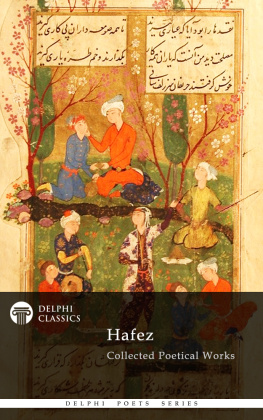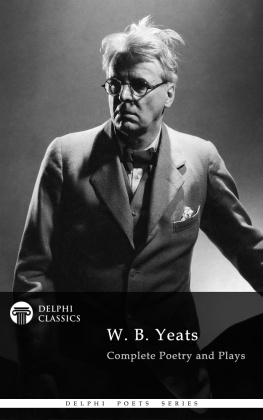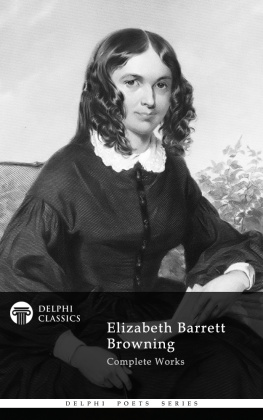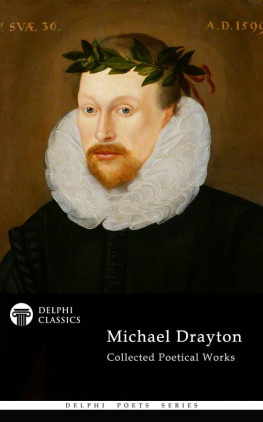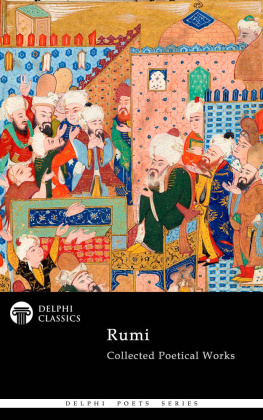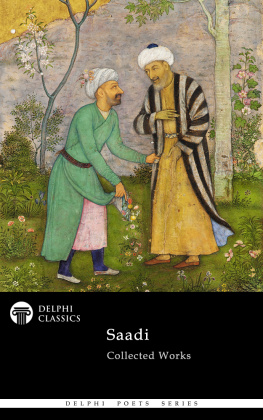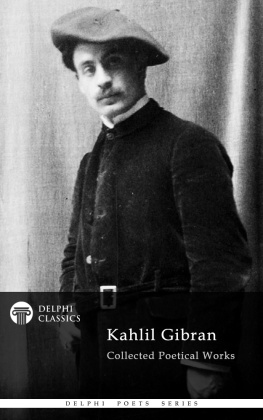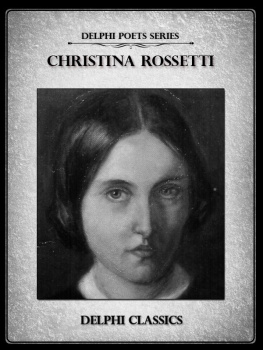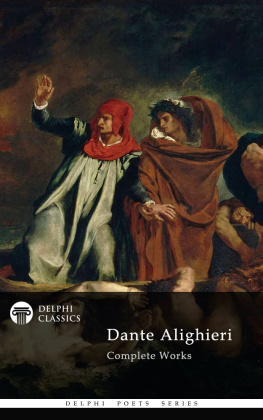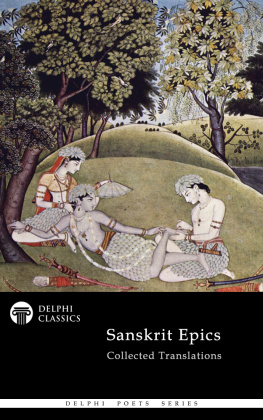

Hafez
(1325/261389/90)

Contents

Delphi Classics 2017
Version 1


Hafez

By Delphi Classics, 2017
COPYRIGHT
Hafez - Delphi Poets Series
First published in the United Kingdom in 2017 by Delphi Classics.
Delphi Classics, 2017.
All rights reserved. No part of this publication may be reproduced, stored in a retrieval system, or transmitted, in any form or by any means, without the prior permission in writing of the publisher, nor be otherwise circulated in any form other than that in which it is published.
ISBN: 978 1 78656 210 4
Delphi Classics
is an imprint of
Delphi Publishing Ltd
Hastings, East Sussex
United Kingdom
Contact: sales@delphiclassics.com
www.delphiclassics.com
NOTE

When reading poetry on an eReader, it is advisable to use a small font size and landscape mode, which will allow the lines of poetry to display correctly.
The Life and Poetry of Hafez

Shiraz, the sixth most populous city of Iran and one of the oldest cities of ancient Persia Hafez birthplace

Shiraz in 1681
BRIEF INTRODUCTION: HAFEZ

Khwja Shams-ud-Dn Muammad fe-e Shrz, known by his pen name Hafez, was born in Shiraz, Iran, in c. 1315 and his parents were from Kazerun, Fars Province. Despite his profound effect on Persian life and culture and his enduring popularity and influence, few details of his life have survived. Accounts of his early life rely upon traditional early biographical sketches, which are generally considered unreliable. From an early age, he memorised the Quran and was given the title of Hafez, which he later used as his pen name. The preface of his Divn , an ancient collection of his poems, in which his early life is discussed, was written by an unknown contemporary whose name may have been Moammad Golandm.
Hafez was supported by patronage from several successive local regimes; firstly by Shah Abu Ishaq, who came to power while Hafez was in his teens; then Timur at the end of his life. Though his work flourished mostly during the twenty-seven-year rule of Jalal ud-Din Shah Shuja, it is claimed that Hafez briefly fell out of favour with the ruler for mocking inferior poets. Shah Shuja wrote poetry himself and may have taken the comments personally, forcing Hafez to flee from Shiraz, though no tangible historical evidence can support this.
Many semi-miraculous mythical tales were woven around Hafez after his death. According to one tradition, before meeting his patron Hajji Zayn al-Attar, Hafez had been working in a bakery, delivering bread to a wealthy quarter of the town. This was when he first saw Shakh-e Nabat, a woman of great beauty, to whom some of his most celebrated love poems are addressed. Captivated by her beauty, but knowing that his love for her would not be requited, he allegedly held his first mystic vigil in his desire to realise the union. Then he encountered a being of surpassing beauty that identified himself as an angel and his further attempts at union became mystic a pursuit of spiritual union with the divine. The Western literary parallel of Dante and Beatrice would serve as a good example.
At the age of sixty, Hafez is said to have begun a Chilla-nashini, a forty-day-and-night vigil, conducted by sitting in a circle he had drawn for himself on the ground. On the fortieth day, he once again met with Zayn al-Attar on what is known to be their fortieth anniversary and was offered a cup of wine.
Hafez was acclaimed throughout the Islamic world during his lifetime, with other Persian poets imitating his work, and he received many offers of patronage from as far as Baghdad to India. His poetry was first translated into English in 1771 by William Jones. The verses would make a lasting impression on such Western writers as Thoreau, Goethe and Ralph Waldo Emerson.
Hafez is best known for his poems that can be described as antinomian and with the medieval use of the term theosophical, indicating mystical work by authors inspired by holy books. He wrote primarily in the literary genre of lyric poetry that is the ideal style for expressing the ecstasy of divine inspiration in the mystical form of love poems. His poems are composed in the literary form of the ghazal , comprising rhyming couplets and a refrain, each line sharing the same metre. A ghazal may be understood as a poetic expression of both the pain of loss or separation and the beauty of love in spite of that pain. The form originates in Arabic poetry long before the birth of Islam. It is derived from the Arabian panegyric qasida . The structural requirements of the ghazal are similar in stringency to those of the Petrarchan sonnet. In style and content, it is a genre that has proved capable of an extraordinary variety of expression around its central themes of love and separation.
Themes of Hafez ghazals include the beloved, faith and exposing hypocrisy. They often deal with love, wine and scenes in the tavern, all presenting ecstasy and freedom from restraint, whether in actual worldly release or in the voice of the lover speaking of divine love. His influence on the lives of Persian speakers is immense and his poems continue to be employed in Persian traditional music, visual art and calligraphy.

Hafez manuscript of the Divan, 1584

Divan of Hafez, Persian miniature, 1585

A collection of ghazals with illuminated headpiece, University of Pennsylvania

Next page
